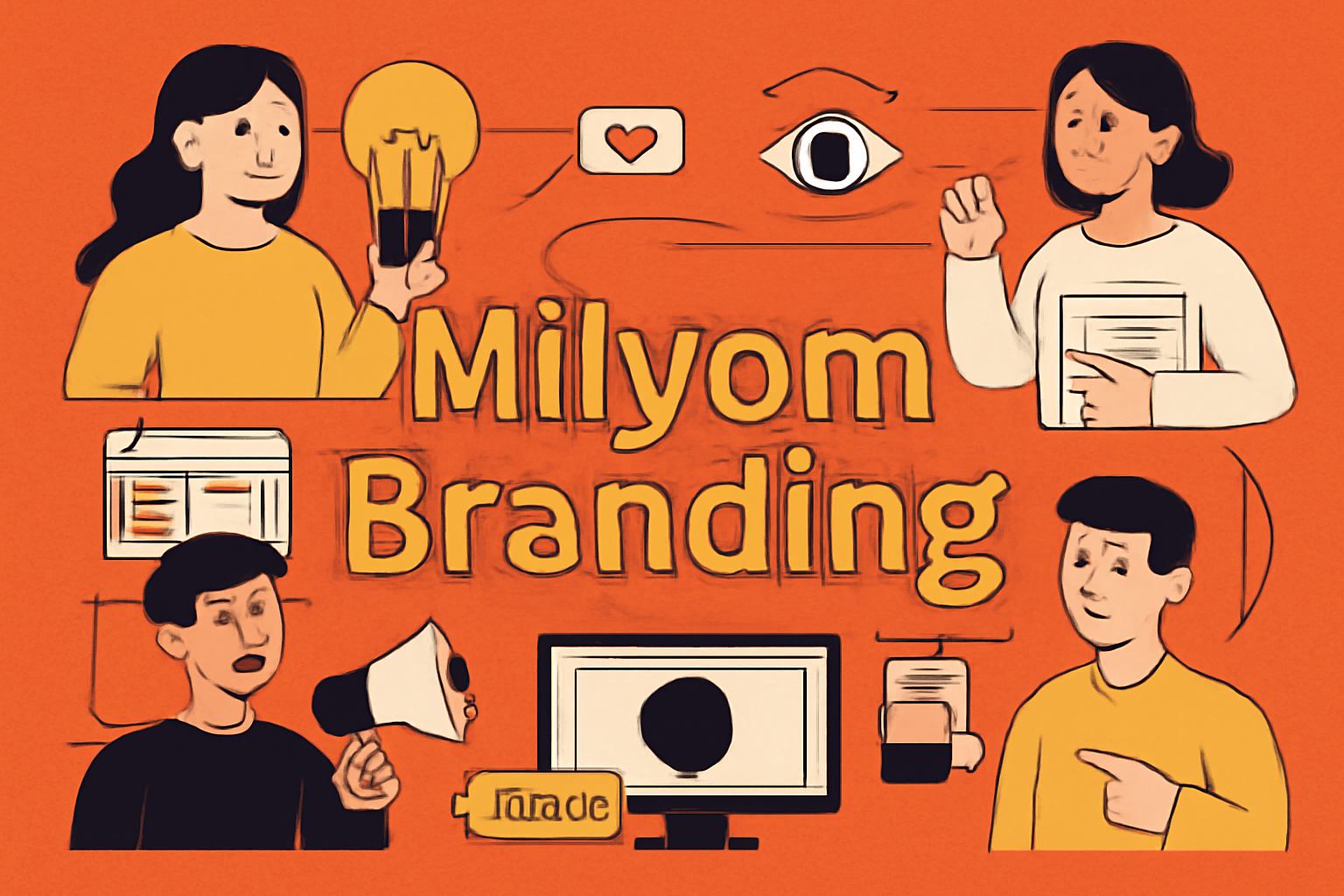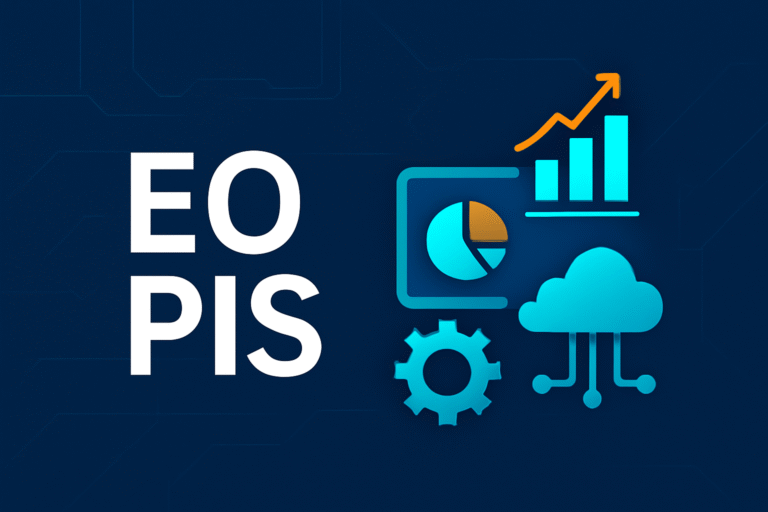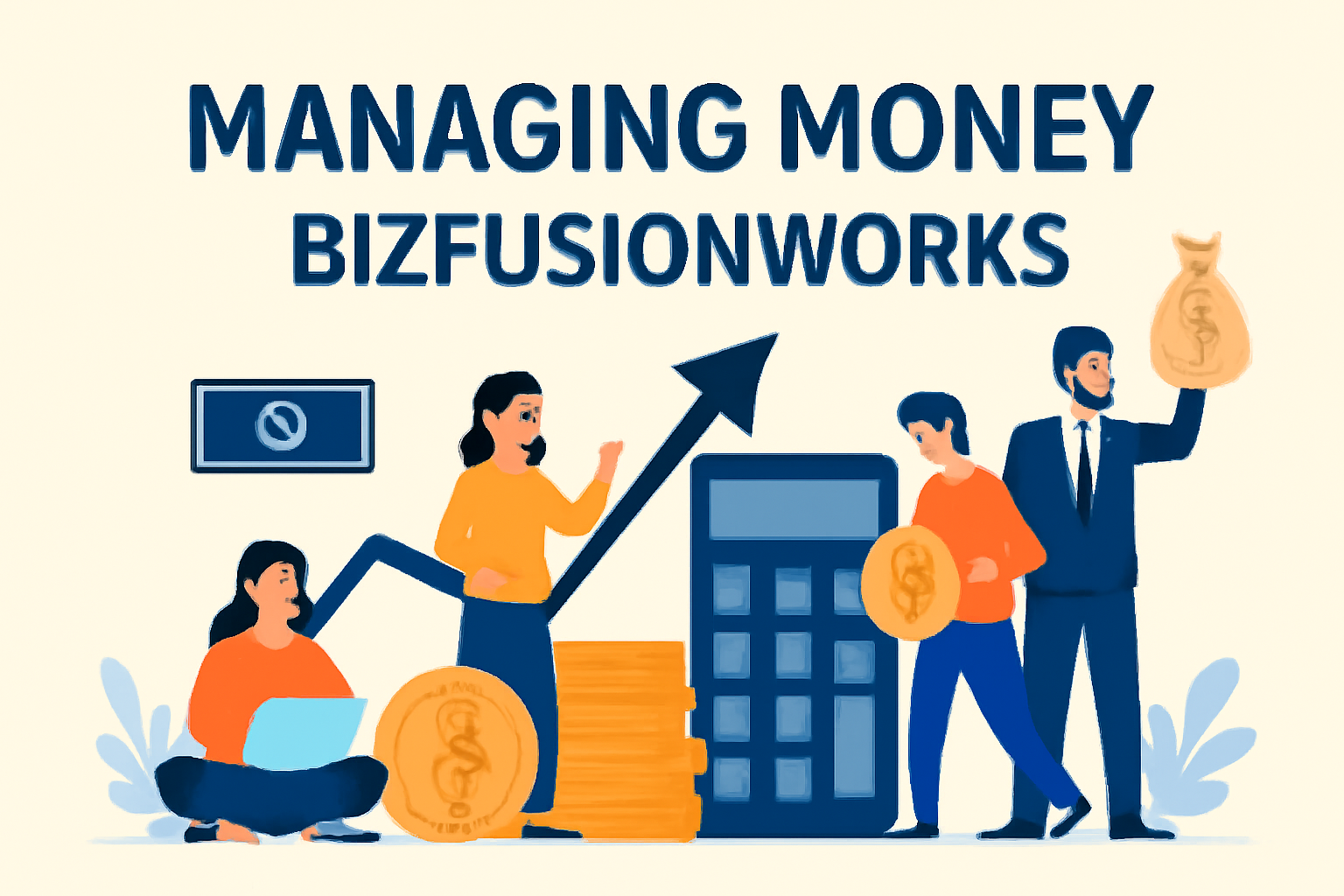
In today’s highly competitive market, establishing a brand that resonates with customers is more important than ever. “Milyom branding” is a term that represents a dynamic approach to branding, which integrates creativity, strategy, and innovation. In this article, we’ll explore how Milyom branding can revolutionize your business and help you connect deeply with your target audience.
Whether you are just starting a business or looking to refresh your existing brand, understanding the ins and outs of Milyom branding is crucial. This guide will delve into various aspects of this branding strategy, its benefits, and how to effectively implement it. Let’s dive into the world of Milyom branding in 2025.
- “Branding is the process of connecting good strategy with good creativity.” – Richard Branson
What is Milyom Branding?
Milyom branding refers to a branding strategy that emphasizes both creativity and strategic foresight. It combines elements of traditional branding with modern techniques, such as digital marketing and emotional engagement, to create a strong brand presence that resonates with customers across various platforms.

The Importance of Milyom Branding in 2025
In an era where digital presence and customer connection are paramount, Milyom branding stands out for its unique ability to adapt to changing market dynamics. It focuses not only on visual elements like logos and colors but also on delivering an authentic brand message that aligns with consumer values.
By investing in Milyom branding, businesses can ensure that their brand isn’t just a logo or a product but a meaningful experience for their customers. As we move into 2025, the need for businesses to redefine their brand identity is stronger than ever.
Key Components of Milyom Branding
Milyom branding is not just a buzzword; it’s a holistic approach to shaping a brand’s identity. To understand how to harness its power, it’s essential to break down the key components that make up this branding strategy.
1. Brand Storytelling
At the heart of Milyom branding is storytelling. Crafting a compelling narrative around your brand helps create an emotional connection with your audience. Customers today want more than just a product; they want to be part of something meaningful.
2. Visual Identity
Your brand’s visual identity is the first impression it makes on potential customers. With Milyom branding, the focus is on creating a distinctive look that represents your brand’s personality. This includes everything from logo design to typography, color schemes, and even the way you package your product.
3. Customer-Centric Approach
Milyom branding prioritizes the needs and desires of the customer. By understanding your audience, you can tailor your messaging, products, and services to meet their expectations. This results in stronger brand loyalty and a more engaged customer base.
4. Consistency Across Platforms
In the world of Milyom branding, consistency is key. Your brand should have a unified message across all channels, whether it’s your website, social media, or offline marketing materials. This consistency helps build trust and familiarity with your audience.
- “Your brand is what people say about you when you’re not in the room.” – Jeff Bezos
How to Implement Milyom Branding Successfully
Now that we understand the core elements of Milyom branding, let’s look at how businesses can effectively implement this strategy.

1. Define Your Brand’s Core Values
Before diving into visual design or messaging, take the time to define your brand’s core values. These values will serve as the foundation for your Milyom branding strategy and guide all future decisions related to your brand’s identity.
2. Create an Engaging Brand Story
Your brand story should reflect your company’s values, mission, and vision. It should highlight why your brand exists and what makes it unique. This narrative will resonate with your audience, creating an emotional bond that goes beyond products or services.
3. Design a Memorable Visual Identity
Work with a designer to create a visual identity that reflects your brand’s story and values. Your logo, color palette, and typography should be consistent with your brand’s voice and appeal to your target audience.
4. Focus on Customer Experience
Every touchpoint with your customers, from website interactions to customer service, should reflect your brand’s values. A positive customer experience is crucial for building brand loyalty and encouraging repeat business.
5. Maintain Brand Consistency
Consistency across all platforms is essential for building a strong brand. Ensure that your messaging, visual identity, and tone remain consistent across all marketing materials, social media, and advertisements.
More Read Related About: Milyom Explained: Mysterious Word Taking Over the Internet
Benefits of Milyom Branding
The advantages of adopting Milyom branding go beyond just visual appeal. Here are some key benefits:
- Stronger Customer Loyalty: By creating a brand that resonates emotionally, customers are more likely to stay loyal.
- Improved Market Positioning: A well-crafted brand helps you stand out in a crowded market.
- Enhanced Perception: Milyom branding elevates your brand perception, making your business appear more professional and reliable.
- Increased Customer Engagement: By telling a compelling brand story, you create opportunities for more meaningful interactions with your audience.
Common Mistakes to Avoid in Milyom Branding
While Milyom branding is an effective strategy, it’s important to avoid common pitfalls that can weaken your brand’s impact.

1. Inconsistent Branding Across Platforms
One of the biggest mistakes businesses make is failing to maintain consistent branding. This can confuse customers and dilute your brand’s identity.
2. Neglecting the Customer Experience
Milyom branding is about more than just logos and marketing. If your customer experience doesn’t align with your brand’s story, you risk losing credibility.
3. Overcomplicating the Message
Simplicity is key in branding. Overcomplicating your message or visual identity can confuse your audience and dilute the impact of your brand.
Milyom Branding vs. Traditional Branding: A Comparison
| Aspect | Milyom Branding | Traditional Branding |
| Focus | Customer engagement, storytelling, and innovation | Product features and physical identity |
| Brand Story | Strong narrative that connects emotionally | Typically less emphasis on emotional connections |
| Platform Consistency | Consistent across digital and offline platforms | Often focuses more on physical marketing |
| Customer-Centric | Highly tailored to customer needs and desires | More product-focused without deep customer insight |
| Flexibility | Highly adaptable to new trends and technologies | Less flexible, more traditional |
- “A brand is a voice and a product is a souvenir.” – Lisa Gansky
Conclusion
Milyom branding offers a dynamic and customer-centric approach to building a powerful brand in 2025. By focusing on storytelling, visual identity, customer engagement, and consistency, businesses can develop a brand that resonates deeply with their audience. Implementing Milyom branding involves a commitment to authenticity and understanding the evolving needs of your customers.
When executed effectively, Milyom branding has the potential to set your business apart from the competition and foster long-lasting relationships with your customers. It’s not just about selling a product; it’s about creating an experience that people will remember and connect with.
FAQs Section
1. What is Milyom branding, and why is it important for businesses?
Milyom branding is a comprehensive strategy that focuses on creating a meaningful, customer-focused brand. It’s important because it helps businesses establish a strong, authentic connection with their audience in today’s competitive market.
2. How can I start implementing Milyom branding for my business?
To start with Milyom branding, define your core values, craft a compelling brand story, design a memorable visual identity, and ensure consistency across all customer touchpoints.
3. What are the key benefits of Milyom branding?
The benefits of Milyom branding include stronger customer loyalty, improved market positioning, enhanced brand perception, and increased customer engagement.
4. How does Milyom branding differ from traditional branding?
Milyom branding emphasizes customer engagement and storytelling, while traditional branding focuses more on product features and physical identity. Milyom branding is also more adaptable to digital platforms and modern customer expectations.
5. What mistakes should I avoid when using Milyom branding?
Common mistakes include inconsistent branding, neglecting customer experience, and overcomplicating the brand message. Maintaining simplicity and consistency is key to successful Milyom branding.





